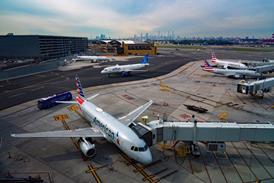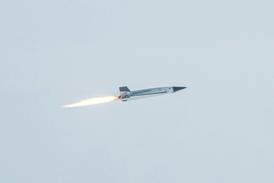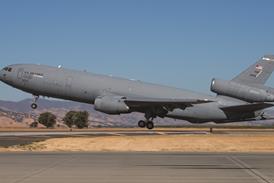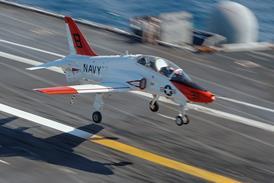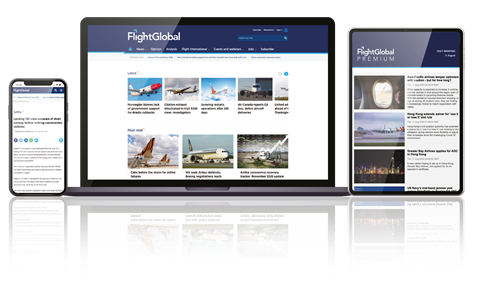Commercial airline traffic should be unaffected by extensive restriction of London-region airspace for the 2012 Olympic Games, but the UK government has been struggling to convince operators of smaller aircraft that it has sufficiently considered their interests.
Two zones will be imposed, without a break, for two months - from 13 July to 12 September - covering the run-up to, and duration of, the Olympics and the Paralympic Games. They are intended to give air traffic controllers a less-intense and more complete traffic picture to simplify detection of a potential airborne threat.
"It's to ensure air traffic control has a much better understanding of what's going on in that area than would otherwise be the case - so that we can have the ability to respond or not," says Home Office director of Olympic security Robert Raine.
 |
|---|
© Rex FeaturesLondon: the site for the 2012 Olympic Games |
"If you don't know what's there, you're not in a position to reach any kind of conclusion on whether the situation remains benign." He declines to detail the nature of any possible response to an airspace threat, or discuss whether there will be airborne patrols in effect.
Affected airspace will comprise a prohibited zone, about 40 x 20nm (75 x 40km), through which only airline traffic to Heathrow and London City, and similar security-cleared flights to Northolt and Biggin Hill, will be allowed to pass - although certain police, medical and broadcast flights will be exempt.
This will be set within a larger restricted zone, about 65nm in diameter, centred on the Olympic Park and encompassing Gatwick in the south and Stansted and Luton in the north. Both will stretch from the ground to the base of terminal controlled airspace, typically around 2,500ft (760m).
All aircraft types will theoretically be permitted to operate in the broader restricted region, but only if flights conform to specific procedural criteria. Brendan Kelly, from air traffic service NATS, also warns that refusal of access is "likely" during periods of maximum demand.
"What we hope is for a proportionate approach to managing this issue," says Department for Transport aviation policy head John Parkinson. He is backed by the Civil Aviation Authority's assistant airspace policy director, Phil Roberts, who says: "We're not talking about a total shutdown."
But this has drawn a sceptical response from the Light Aircraft Association and Aircraft Owner and Pilots' Association.
It queries the security effectiveness of the planned limitations, and is pressing the government's team to explain why the affected area is so large, and detail the risk strategy used to draw up the plan - forcing Raine to concede that the airspace boundary is "not fixed" and that views of operators will still be taken into consideration.
"We don't want to get to the point where air access to the venues becomes an obvious vulnerable point," says Raine. But he adds: "We do not want the impact that people get, when they come to the Games, to be a security event with a bit of sport attached."
Source: Flight International

